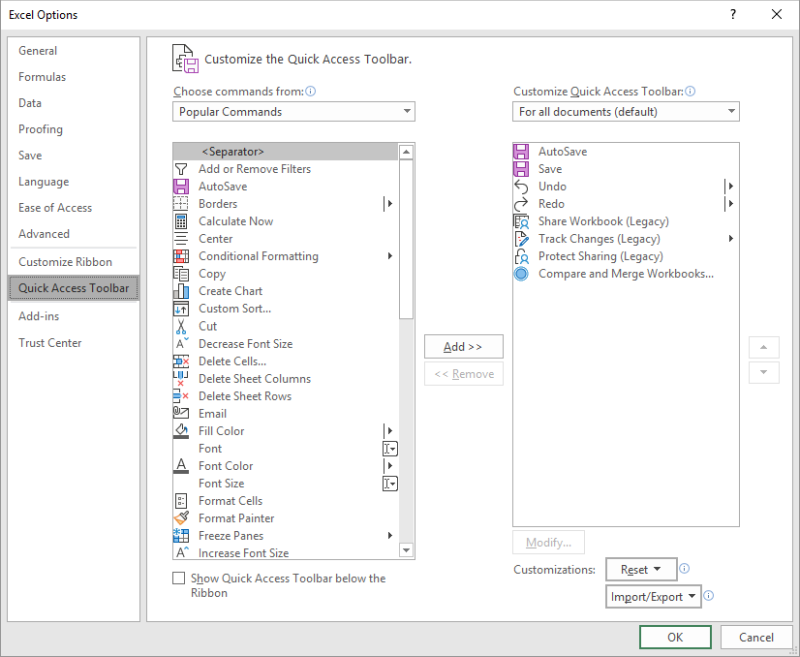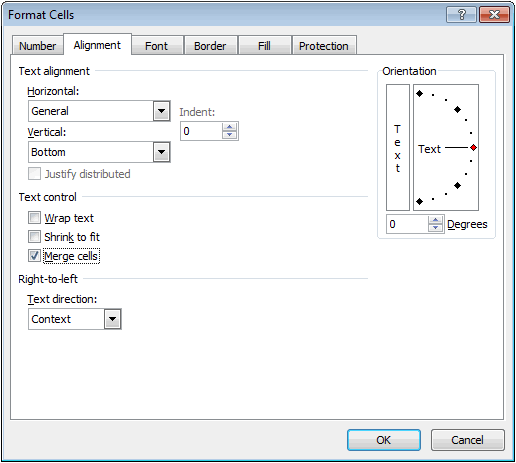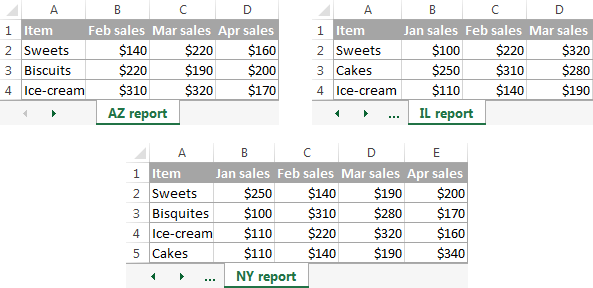

- EXCEL MERGE WORKBOOKS 2010 CODE
- EXCEL MERGE WORKBOOKS 2010 WINDOWS 7
- EXCEL MERGE WORKBOOKS 2010 WINDOWS
The merging is dependent on whether youre combining shared.
EXCEL MERGE WORKBOOKS 2010 WINDOWS
When I have two separate Excel windows open and open an Excel file from Windows Explorer the file will open in the first. Excel files can be created in Python using the module Pandas. The process of combining two spreadsheets into one takes two routes in Microsoft Excel.
EXCEL MERGE WORKBOOKS 2010 WINDOWS 7
Knowledge is power - if you don't know what's available you can miss an opportunity or spend hours trying to jury-rig a solution by cobbling together other functions. Open Excel workbook in active window rather than first window Hi, I have recently upgraded to Windows 7 and Office 2010 and though Im starting to get used to all the changes there is one thing which is really bugging me. Here I need that when the excel is merging at the same time the sheet names should also go to the merged excel sheet. But at the time of merging I am not getting the excel sheet names.
EXCEL MERGE WORKBOOKS 2010 CODE
So here I need to merge these two excel workbook into one and the new excel workbook that is lets say Workbook3 which will have total 6. This code is working good for me for merging excel workbook. Workbook2 is having Sheet1, Sheet2, Sheet3.

Lets say WorkBook1 is having Sheet1, Sheet2, Sheet3. Each Excel workbook is having 3 worksheets. You can't add these to any favourites list but you can make your own "Check these out" list Let us consider that I have two Excel files (Workbooks) in local. Similarly, open the Function Wizard window and check out the functions available (made easier bc you can do so by category). In the Reference box, click the Collapse Dialog button (edit reference icon) and select the branch A. On the Data tab, in the Data Tools group, click Consolidate. If so, add it to your QAT and try it out.Ģ. To consolidate branch A income statement data: Select cell A3. open the Customize Quick Access Toolbar window and just scroll through the list of commands available (Note: some are only available thru customisation as they are not on the inbuilt menu!) and see what each tool does and whether it may be useful to you. I'm from the same era: Learned 123 in 1984/85 from a 5.25" floppy tutorial, & Multiplan, then progressed thru Symphony, Supercalc, back to 123, and then Excel 4 & 5 in 1995 - and have never looked back!

That's the beauty and ugliness of Excel - there are more tools & features than you can ever learn or know about!


 0 kommentar(er)
0 kommentar(er)
